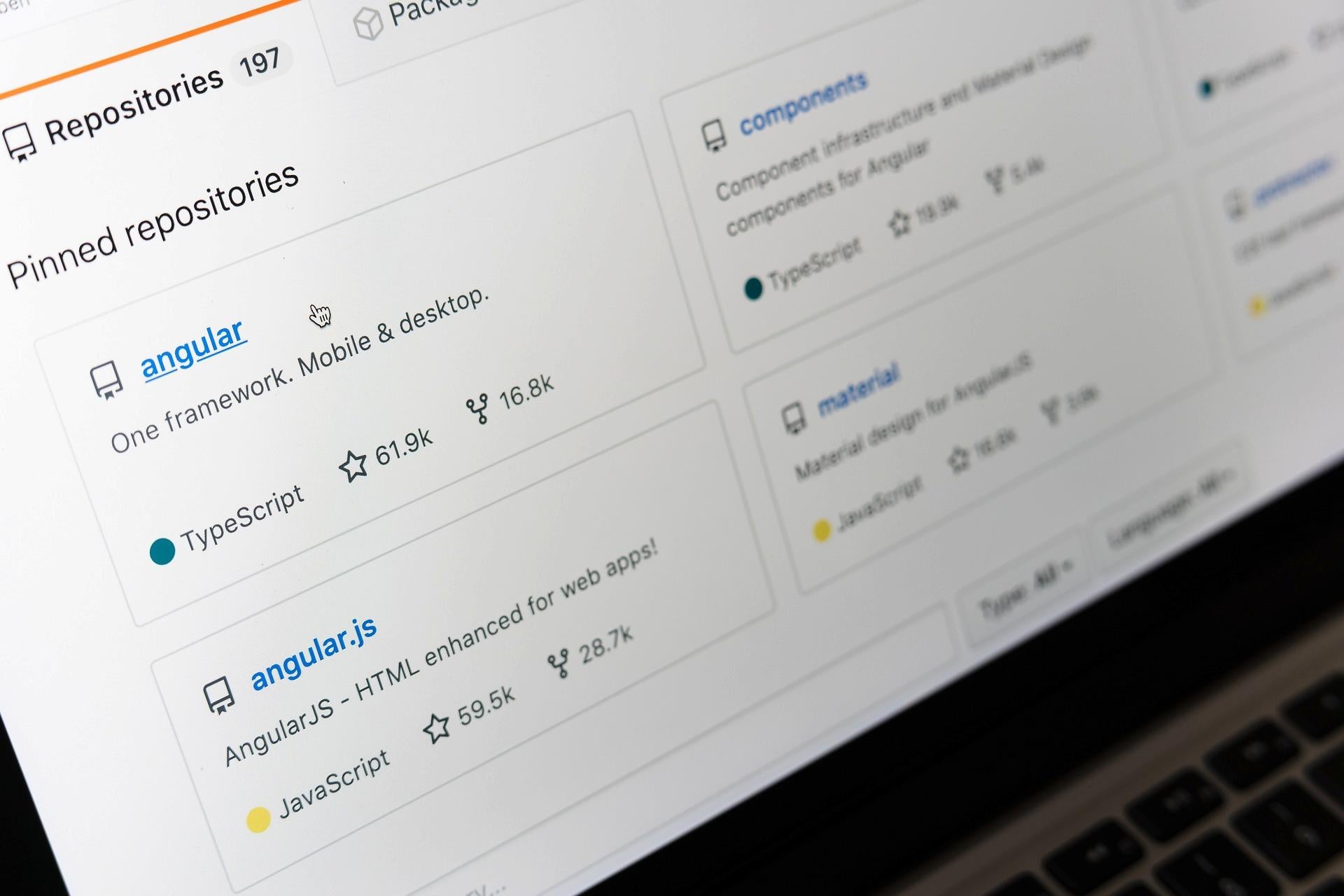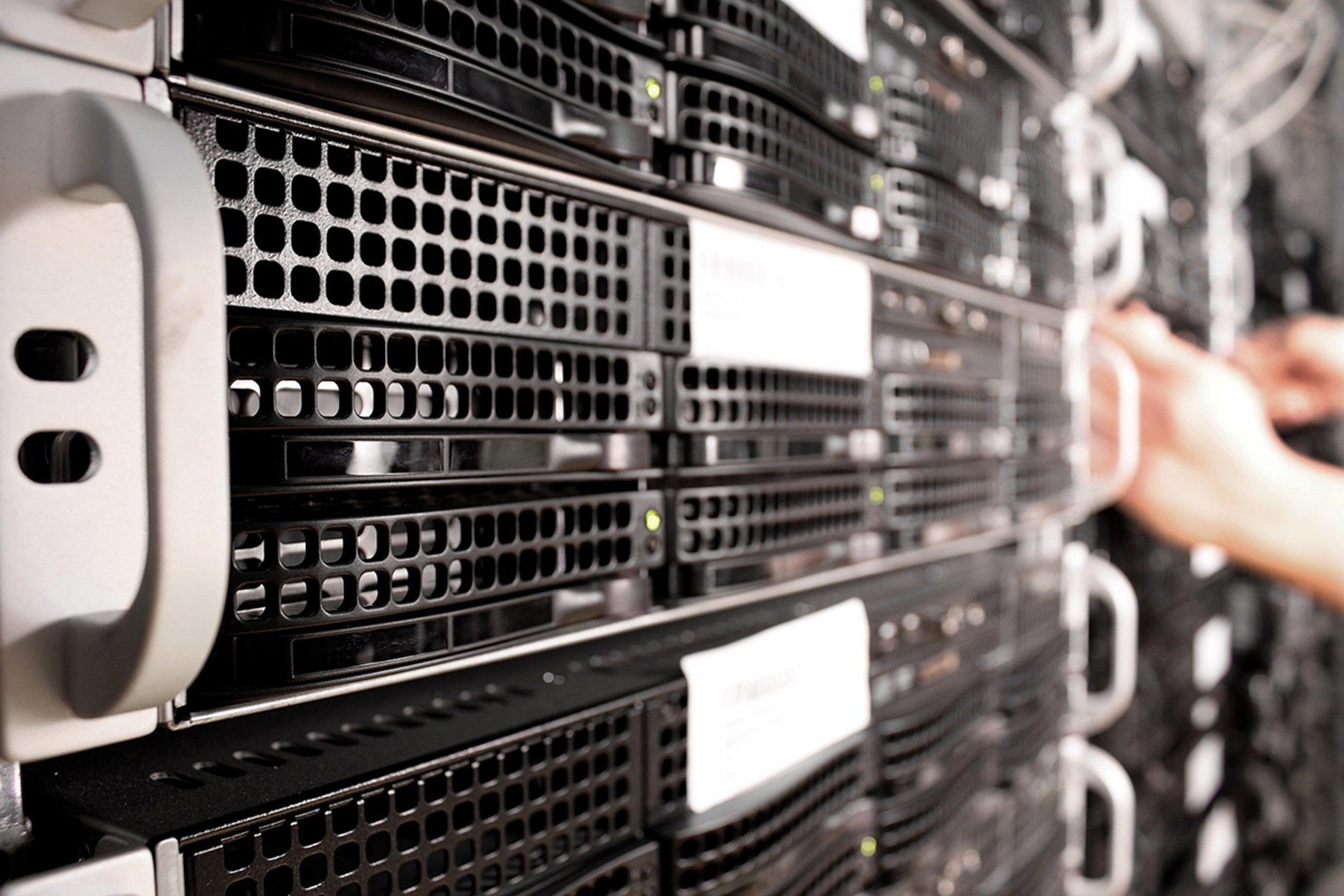Cloud services are now leading the way in technology companies. Why? They combat the weakness of servers that require manual maintenance, higher costs, and stricter security measures.
Are you aware that the serverless computing market is estimated to grow at a high CAGR of more than 23.17% in 2026? At the same time Gartner predicts that IaaS revenue linked with container technology would hit $1 billion in 2023.
These technologies are becoming more common and ensure an effective, cheaper, and controllable process of application development. They overlap in some respects, but if you are wondering which technology is more suitable for your organization, we will help you understand both and compare them in terms of business aspects.
This article compares containers and serverless computing services and explains what will be more beneficial for your team.
What is Serverless Computing?
To avoid any confusion, let’s first dive into an explanation for two popular terms that, as they are remarkably similar, often get misused, such as serverless computing and serverless cloud computing.
Serverless computing is a subset of cloud computing in which the operator focuses strictly on the running code. A cloud provider manages the application's infrastructure. There is a real server someplace that powers "serverless" computing though - but by eliminating the need for developers and programs to manage the system, the app development process is speeded up and more efficient. Azure serverless computing is one of the various cloud computing platforms that offer online infrastructure management. Google Cloud and Amazon Web Services are two more instances of such cloud vendors.
Long gone are the days when, in addition to maintaining high quality of the code, developers needed to handle the platform and the infrastructure for application storage, as well monitoring bugs and faults.
So, in easier terms – cloud computing is a wider term that encompasses the distribution of numerous services such as server management, databases, operating systems, software, and applications over the Internet, which allows remote access. This means that the company's IT infrastructure is maintained at another location, in a data center administered by the cloud computing provider.
How Serverless Computing Works?
Serverless computing is frequently referred to as FaaS (Function-as-a-Service), although it is important to note that serverless technology encompasses a wider variety of options than FaaS.
Serverless is a set of services that may react to requests, rather than applications. When not in use, such services, such as databases, API gateways, storage, and even event streaming, lay idle in a serverless environment, requiring no system resources. Deployment, maintenance, and invoicing are the responsibility of the cloud provider, not the developers.
Serverless systems are based on the concept of helping developers focus on writing and processing code, reducing faults, money and wasted time. The serverless platforms require paying only for the computing power and memory required to run the code.
This piece of code is executed on demand, usually in response to a specific trigger. The developers must take the following steps:
- Determine how much RAM is devoted to the function.
- Program functions that serve a single or several objectives.
- Specify the trigger or event that will prompt the code to run – for example when user clicks on a particular button/option.
- Insert the function source code.
- The function will then be executed by a cloud service provider and the end application presents the outcome of the operation.
Okay, not to butter things up too much, we need to also ask another significant question – what is a potential disadvantage of using serverless computing?
The platform's FaaS approach can be too rigid and uncontrollable for some applications and businesses. For example, it may not be a smart idea to place crucial applications on a serverless computing platform because you would be entirely dependent on cloud service providers and developers may not have full authority and access over a certain app or a project.
Furthermore, serverless apps and functions are strongly integrated and dependent on the resources of the platform. It implies that creating serverless modules on one platform may make switching to another challenging. You also cannot conduct pen tests, new features may need to be rewritten, and availability of existing features may be hampered. Choose a server-based solution if your project requires frequent migration and flexibility.
More: Why Should You Go Serverless With Azure?
What are Containers?
We must first understand containerization to fully grasp container technology. The simplest definition of containerization is the collection of code and all required dependencies (such as repositories and libraries) into a unique, separated "container."
Companies may launch single applications rather than full virtual machines thanks to app container tech, which helps them save a ton of time and money. The program in the container can be moved to any infrastructure, even when it is hosted on a different operating system. If you need to create and test the software on many OPs, it is quite beneficial.
Businesses are now using containers more frequently to build new apps and databases, test, integrate with microservices, and modernize legacy systems. If you need to migrate apps regularly, containers can assure that the code will execute successfully after transfer. Containers can help to resolve application issues caused by variations between these two environments, operating systems, and platforms.
Finally, containers represent speed and efficacy since they load quickly owing to enhanced processing power and size. They utilize fewer resources and are not burdened by additional overheads.
But, as always, there are two sides to the same coin. As far as the containers are concerned, they involve some drawbacks. Containers are not a one-size-fits-all substitute for current VM solutions. Some microservices-based applications, where advanced functions are created from simpler functions isolated in a container, will work well - but not all are suitable for this technology. Certain apps are just built to be monolithic, and containers only impact performance here.
Furthermore, containers use the same kernel of the operating system. This means that any security threat of kernel poses a risk for all other containers. You also need to keep in mind that developers frequently underestimate the influence of their alterations on the whole infrastructure, which may cause a sprawl.
If you are hungry for me, check out our article that focuses entirely on containerized applications here.
Serverless Computing vs. Containers
Very often, serverless and containers are seen as rival technology innovations. However, the truth is that they share some characteristics but differ in their usage and general objectives. Combine them though and you get a powerful tool. They work well for different sets of applications and business needs – if you grasp fully when each one will fit, you can stop the competition and start creating real value.
Let’s check out the similarities and differences between them before our final verdict - when to use containers vs serverless.
Similarities Between Serverless Computing and Containers
- These technologies lend themselves to component-based and microservices systems that allow programmers to work on tiny fragments of the application.
- Both enable more efficient, faster, and less expensive deployment of application code than traditional monolithic architecture.
- You need orchestration software to work successfully at scale. Thanks to it, developers can focus on writing, testing, and executing code.
- Both containers and serverless beat virtual machines in terms of performance, and launch rapidly, usually in a matter of seconds.
- To manage integration with other resources, they lean significantly on APIs.
- They must also use outside resources to be able to handle growing memory and storage requirements.
Differences Between Serverless Computing and Containers
Supported programming languages
When it comes to serverless, the leading FaaS solutions offer only a small number of languages. Among them are primarily Node.js, Python, Java, and C#. On the other hand, an app developed in any language can be containerized, provided that the chosen language is supported by the server. This way, you have access to a variety of environments and architectures, so you can use any technology stack that is needed.
Scalability
When using serverless solutions, the cloud provider takes care of scalability, which speeds up processes. Since your team does not have to worry about scalability, it saves a lot of time. Of course, there are size and storage restrictions. But with containers, you must manually determine how to scale, which takes time and planning from your team. However, there are no limits to how far you can scale your service.
Supported host environments
The number of available host environments is also a feature that differentiates the use of both techs. Environments are limited when it comes to serverless computing, which operates on certain host platforms, provided by cloud vendors. The majority of those are hosted in open clouds like Azure - which you must pay for. At the same time, containers can function on some Windows versions and any current Linux servers thanks to its virtualization.
Costs
The cost of setup and maintenance is another contrast between serverless and container technologies. In a serverless system, there are no ongoing costs as the code only executes during the usage time. On the other hand, a containerized system involves more expenses. Cloud vendors will require you to pay for the server space even during downtime.
System management and control
Management and configuration in containers is a significant endeavor since it requires professionals with knowledge and expertise in containerized architecture. However, using an orchestration platform like Kubernetes speeds up and facilitates governance, security, and operations management. In terms of serverless computing solutions, though, there is no backend to take care of. The vendor maintains the servers that house the developer's code, caring for the update's security and scaling.
When to use containers vs serverless?
Both technologies are valuable and serve specific purposes. Many businesses utilize both systems, so it's not a competition but a cooperative effort.
Containers will be helpful for companies that develop apps that need regular and detailed testing, debugging, and scaling. This technology makes testing and developing software more effective by ensuring that pieces of code function properly after migrations to different environments and OSs. This is crucial when numerous teams independently work on various program components.
Serverless solves the issues associated with maintaining your own server. You can run application code and not worry about creating, managing, and paying for a virtual server. Serverless is perfect for low-latency applications because of its fast implementation, high efficiency, and automatic scaling. It also allows for the fast release of new features. Additionally, it will be helpful for brief, simple operations, and workload irregularities.


